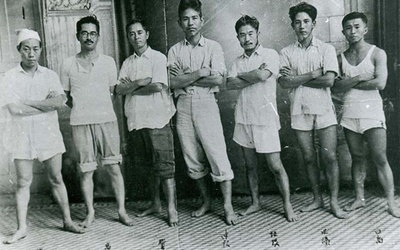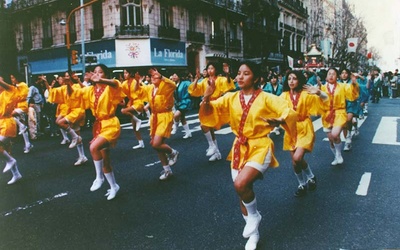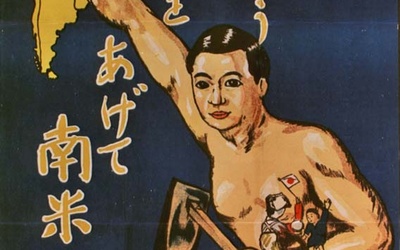Encyclopedia of Nikkei Migration

Did you know that the Nikkei live in more than fifty countries? Read short historical overviews of Japanese migration that highlight the major experiences of the Nikkei in selected countries.
Information in this section is drawn from, and expands upon, the Encyclopedia of Japanese Descendants in the Americas: An Illustrated History of the Nikkei, Akemi Kikumura-Yano, ed. (Walnut Creek, CA: AltaMira, 2002). Also available in Japanese as 『アメリカ大陸日系人百科事典―写真と絵で見る日系人の歴史』 (明石書店, 2002).
Stories from this series
Brazil - Migration Historical Overview
March 21, 2014 • Akemi Kikumura Yano
Japanese immigrants first came to Brazil in June 1908. These families worked on coffee plantations under contract to coffee planters in search of cheap labor. After the United States closed its door to Japanese immigration in 1924, the Japanese government facilitated the accelerated immigration of Japanese into Brazil. However, life was so unbearable that most Japanese left the plantations for urban areas, suburbs, or new Japanese farm settlements. São Paulo city and its surrounding areas were the main areas of …
Bolivia - Migration Historical Overview
March 14, 2014 • Akemi Kikumura Yano
Prior to the 1950s, most Japanese entered Bolivia as common laborers through Peru. In 1899, the Mapiri River region in La Paz witnessed the first entry of ninety-one Japanese laborers to work on rubber plantations. Thereafter, the highland Andes continued to attract a few hundred more Japanese, who found employment in mining and railroad construction. The inland Amazon emerged as the second major destination for the workers, who also came through Peru to work on rubber plantations in northwestern Bolivia. …
Argentina - Migration Historical Overview
March 7, 2014 • Akemi Kikumura Yano
Argentine Nikkei history began in 1908-09 with the arrival of immigrants from Okinawa and Kagoshima—the major prefectural origins of Argentine Nikkei. The first Japanese entered the country via Brazil, and succeeding groups of immigrants tended to reach Argentina through the neighboring nations. In the prewar years, Nikkei were concentrated in urban small businesses, especially dry cleaning and cafes in Buenos Aires, while some worked as domestic servants, factory workers, and longshoremen. A minority of Japanese also engaged in horticulture, floriculture, …
Brief Historical Overview of Japanese Emigration, 1868-1998
Feb. 28, 2014 • Eiichiro Azuma
Background of Japanese Overseas Migration The overseas migration of Japanese started with the opening of the island nation to the rest of the world and its entry into modernity in 1868. Becoming a part of the international network of labor, capital, and transportation, the Japanese suddenly found themselves in the middle of rapid socio-economic change, thereby creating a rural population ready for domestic and international migration. Beginnings of Overseas Migration In 1868, an American businessman sent a group of approximately 148 …







